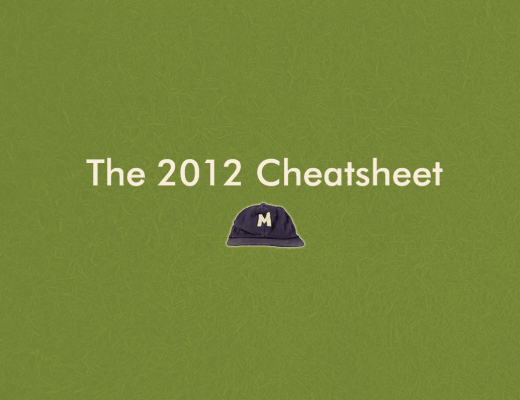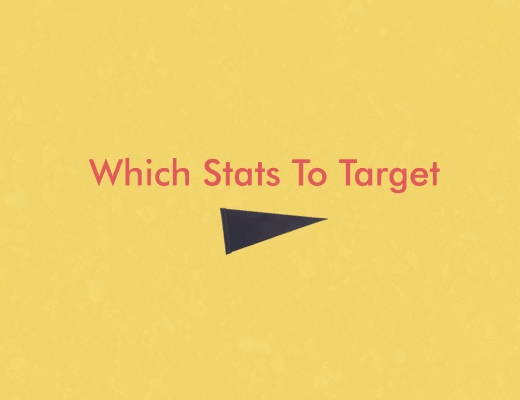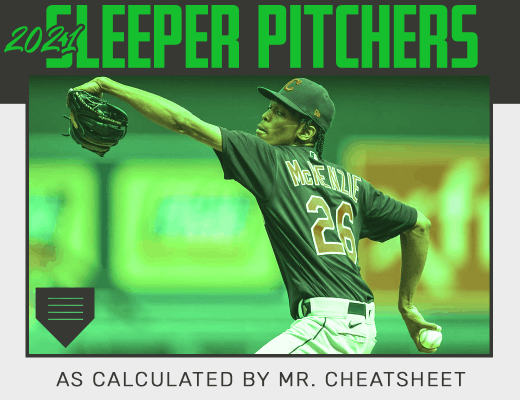It’s no secret that power hitters are put at a premium in fantasy drafts each year. We’re all accustomed to that race of trying to get power hitters early then filling in the rest of your team later. We’ve grown up this way. It’s the roto way of life. However, as Bobby Dylan would say, the times they are a-changing. Performance-enhancing drugs are becoming less widespread (right, Ryan Braun?) and pitchers are starting to become more dominant every year as a result of it. Back in just 2006, there were 11 hitters who had 40 or more HR’s (not much different from the 12 hitters with 40+ HR’s in the steroid-laden 2001 season). Now in both 2010 and 2011, there were only 2 players that managed 40+ HR totals. Times a-changing indeed.
To express this point more visually, here’s a table showing the number of hitters over the past few years who managed 40+ HR’s, 36+ HR’s, 31+ HR’s and so on:
| 40+ | 36+ | 31+ | 26+ | 21+ | 16+ | 10+ | |
| 2006 | 11 | 17 | 33 | 52 | 84 | 128 | 202 |
| 2007 | 5 | 6 | 19 | 42 | 77 | 123 | 201 |
| 2008 | 2 | 10 | 28 | 41 | 80 | 110 | 185 |
| 2009 | 5 | 11 | 27 | 43 | 79 | 114 | 199 |
| 2010 | 2 | 6 | 17 | 36 | 70 | 111 | 176 |
| 2011 | 2 | 8 | 20 | 38 | 61 | 98 | 176 |
While 2007 didn’t have a ton of huge sluggers, there were still a larger number of hitters who could manage at least 15 or 20 HR’s. In 2011, the average team in a 12-team league only had 5 hitters who hit 21 or more HR’s (compared to about 7 per team from 2006-2009). It’s obvious we have a different playing field. So… what do we do? Well, it’s important to note that the scarcity of homerun hitters drives up the value of those who can hit prodigious amounts of them. It’s the basic ol’ supply and demand concept. Less 40 HR hitters means those that can do it are more valuable. For instance, Jose Bautista suddenly becomes a top 5 pick when a player with his numbers would have been a late second round pick in the past. Let’s take a glance at the past few years and see how the value of those sluggers has changed. Taking the group of 10+ HR hitters over these years, here’s the average HR’s, standard deviation and then the WERTH values of a 40 HR hitter, 35 HR hitter, etc.
|
Avg
|
StDev
|
40
|
35
|
30
|
25
|
|
|
2006
|
20.9
|
9.5
|
2.0
|
1.5
|
1.0
|
0.4
|
|
2007
|
19.4
|
8.2
|
2.5
|
1.9
|
1.3
|
0.7
|
|
2008
|
20.0
|
8.2
|
2.4
|
1.8
|
1.2
|
0.6
|
|
2009
|
19.7
|
8.5
|
2.4
|
1.8
|
1.2
|
0.6
|
|
2010
|
19.5
|
7.7
|
2.7
|
2.0
|
1.4
|
0.7
|
|
2011
|
19.0
|
7.9
|
2.7
|
2.0
|
1.4
|
0.8
|
Now, basically, what this is telling us is that a 35 HR hitter in 2010 and 2011 had the same value as a 40 HR hitter from 2006. While a 30 HR hitter in those years was pretty close to the same value as a 35 HR hitter from 2006. So, more than anything, we need to adjust our perception on what good HR totals are nowadays. Looking at the first two rounds of drafts this year, there are less guys than ever who are projected to hit 35 or more HR’s. To me, this increases the pressure to leave both Round 1 and Round 2 with power hitters. If you can potentially land 70 total HR’s in the first two rounds, you’ve put yourself in great shape to have a sizable advantage in that category while grabbing some speedsters later to fill out your team. If you draft a pitcher and a speedster in the first two rounds this year then you’d probably be better off punting the power categories (which I would not recommend). But, after the first two rounds, there’s potentially only 20 batters left who can get you 25+ HR’s so it would be really hard to build up your power from if you started in Round 3. While I’ve always recommended drafting for power early, it becomes even more important as the power hitters start to disappear from fantasy baseball. The fantasy world is changing and you had better change too.



